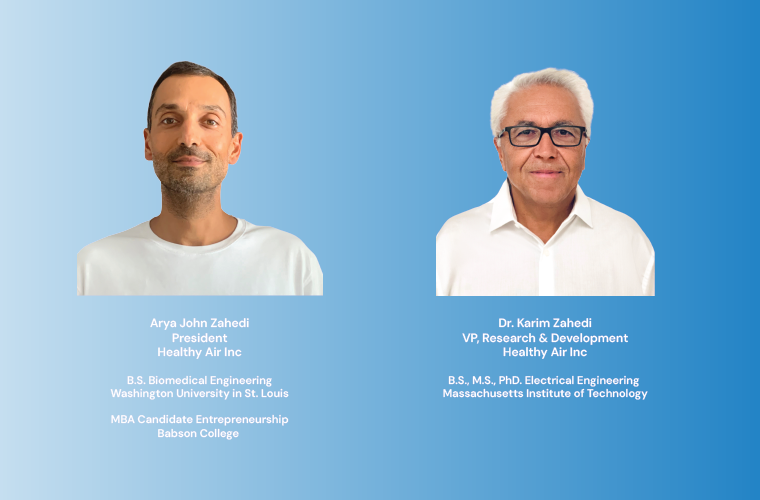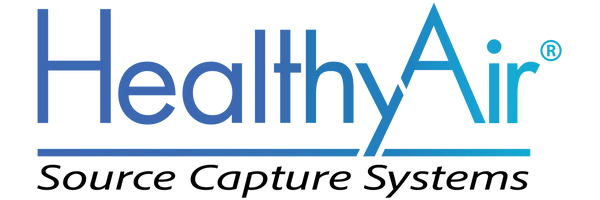Patented eHEPA (electrostatic HEPA) air filtration technology
Have questions about the benefits of eHEPA (electrostactic HEPA) filtration?
Contact us and we'll gladly help you identify the best solution for you.
Patented eHEPA® electrostatic HEPA Filtration Technology
HealthyAir® Systems are built upon a patented 3-stage air purification technology, which innovatively integrates the use of a Pre-Filtration, eHEPA® electrostatic HEPA Filtration, and Activated Carbon Filtration.
HealthyAir® systems couple advanced eHEPA® (electrostatic HEPA) technology with proven Enhanced Carbon Catalytic Filtration to filter contaminated air in a multi-stage process that collects potentially harmful ultra-fine airborne particles and gaseous pollutants.
Innovatively integrating a high energy field with traditional HEPA filtration, eHEPA® technology successfully overcomes limitations and inefficiencies associated with standard filters. The result is a truly effective air purification process that collects particles at 0.3 micro, and smaller, with high efficiency and at low pressure drop.
Furthermore, by applying a high energy field that generates active species that permeate through the filter media, eHEPA® collects and deactivates airbone contaminants
Our Story

Healthy Air Inc. is based in Miami, FL and was founded in May of 2013 by Dr. Karim Zahedi and Arya John Zahedi.
Healthy Air Inc. celebrating 11+ years of service, was developed as a spin-off of EFB Inc. Air Pollution Control Systems, celebrating 47+ years of service!
Today, our company designs, manufactures and markets an innovative line of HealthyAir® Source Capture Systems® and Commercial Air Purifiers that improve indoor air quality to create healthier breathing environments in commercial settings where people work and frequently visit.
Our Mission

Healthy Air Inc. diligently works to serve as The Source for Source Capture by delivering innovative and cost-effective solutions that improve indoor air quality and reduce occupational health hazards by means of specialized Source Capture.
Indoor air pollution is gaining prominence as a public health hazard, as indoor airborne pollutants and pathogens, such as particulate matter, volatile organic compounds, and biological contaminants, are increasingly being associated with respiratory illnesses and other adverse health effects.


